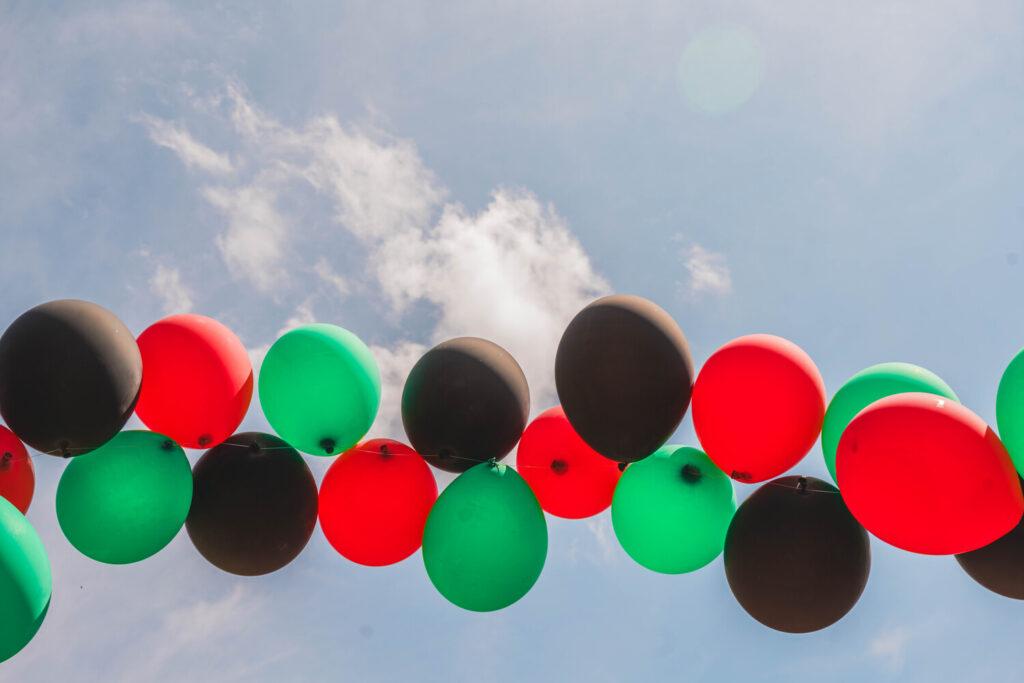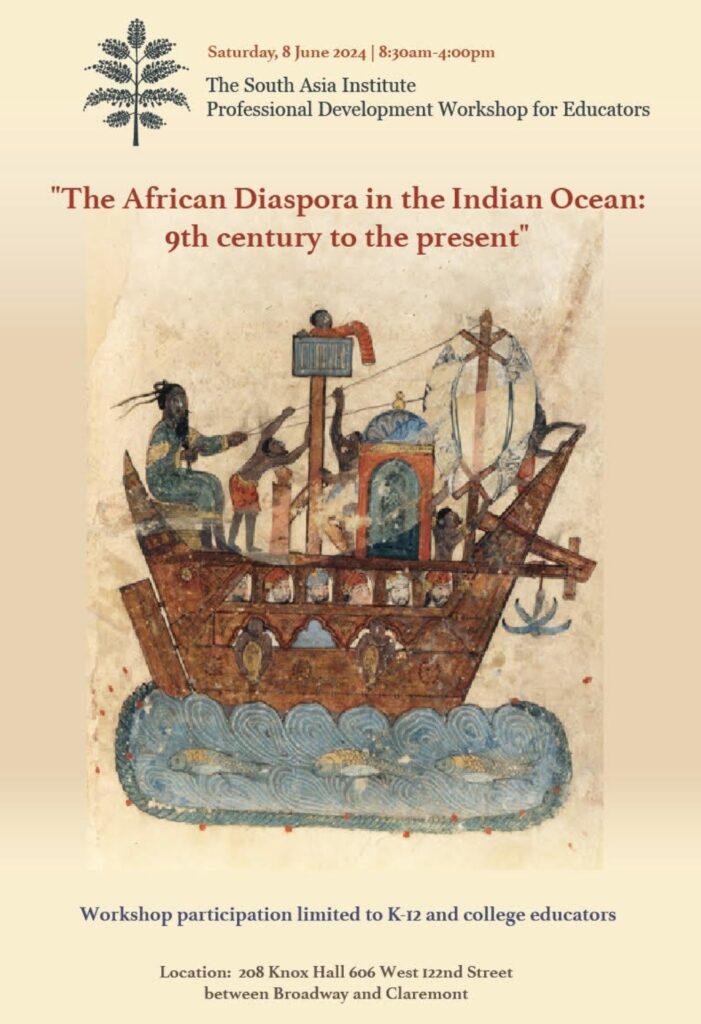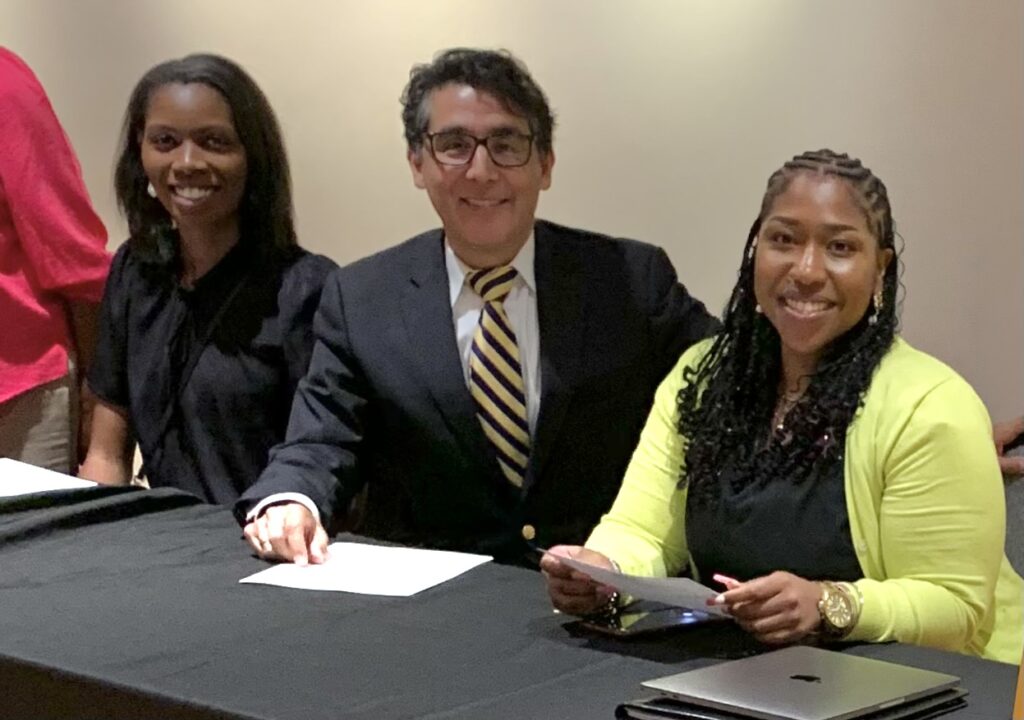Dr. Omar Ali’s piece, “Afro-Peru: A Legacy of Black Labor and Culture” was published in ReVista: Havard Review of Latin America.
Afro-Peru
A Legacy of Black Labor and Culture
By Omar H. Ali
For over three centuries, streams of people, the smoke of incense, and the sounds of horns, bells and hymns have filled the streets of Lima in late October. Each year tens of thousands of Peruvians pay homage to a fresco of a crucified Christ painted by a 17th-century Angolan slave.
Local tradition tells how the painting survived several powerful earthquakes, including one in 1687 that left all but the fresco and the altar beneath it standing. Each year the faithful, many wearing purple-colored robes, or habits, like those of the Nazarene nuns charged with taking care of the painting, follow a replica of El Señor de los Milagros (“The Lord of the Miracles”) through the streets of Lima in what is the largest religious procession in all of Latin America.
Among the masses was my abuelita, a skilled doll-maker and a devout Catholic. Donning her purple dress, white veil, and carrying a small copy of El Señor de los Milagros, my grandmother Carmela would join the flow of Peruvians of all races, ethnicities and backgrounds trailing the “Black Christ”—as the painting is also known.
And while the name of the 17th-century painter of El Señor de los Milagros has long been forgotten, his creation stands as a testament to his life and to those of his countrymen and women who survived the centuries-long devastation of the transatlantic slave trade.
Afro-Perú
Un Legado de Trabajo y de Cultura Negra
Por Omar H. Alí
Durante más de tres siglos, los flujos de gente, el humo del incienso, y los sonidos de trompetas, campanas e himnos han llenado las calles de Lima a fines del mes de octubre. Cada año decenas de miles de peruanos le hacen homenaje a un fresco de Cristo crucificado pintado por un esclavo angolano del siglo XVII.
La tradición local cuenta cómo la pintura sobrevivió varios terremotos poderosos, incluyendo uno en 1867 que dejó en pie solamente al fresco y al altar debajo de él. Cada año los fieles, muchos de ellos usando túnicas o hábitos de color púrpura, similares a los de las monjas nazarenas encargadas de cuidar la pintura, siguen a una réplica de El Señor de los Milagros por las calles de Lima en la procesión religiosa más grande de toda América Latina.
Entre las masas se encontraba mi abuelita, católica devota y experta en la fabricación de muñecas. Con su vestido púrpura, velo blanco, y llevando una pequeña copia de El Señor de los Milagros, mi abuela Carmela se unía al flujo de peruanos de todas las razas, grupos étnicos y trayectorias detrás del “Cristo Negro” – como también se conoce a la pintura.
Aunque el nombre del pintor de El Señor de los Milagros ha sido olvidado desde hace mucho tiempo, su creación se yergue como un testamento de su vida y de sus compatriotas y mujeres que sobrevivieron la devastación de siglos causada por la trata trasatlántica de esclavos.




